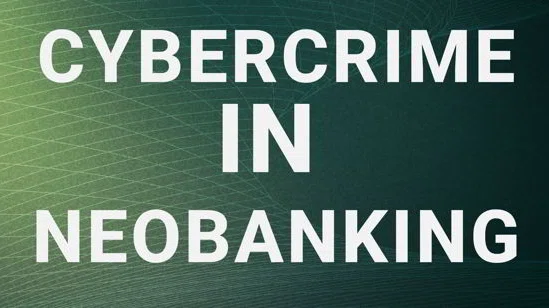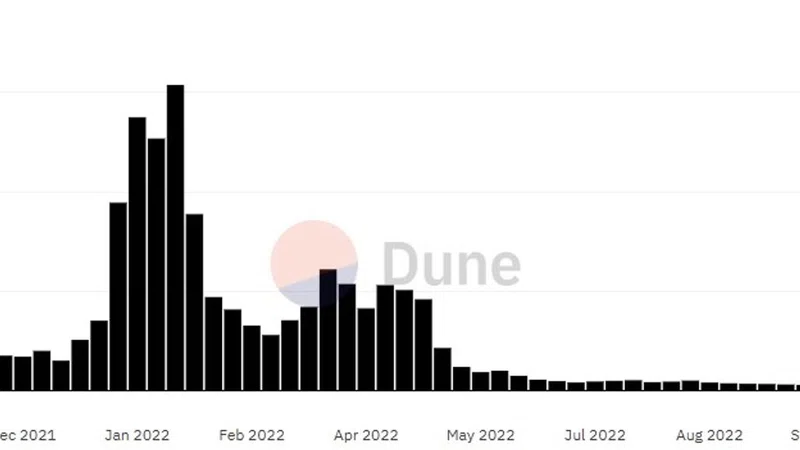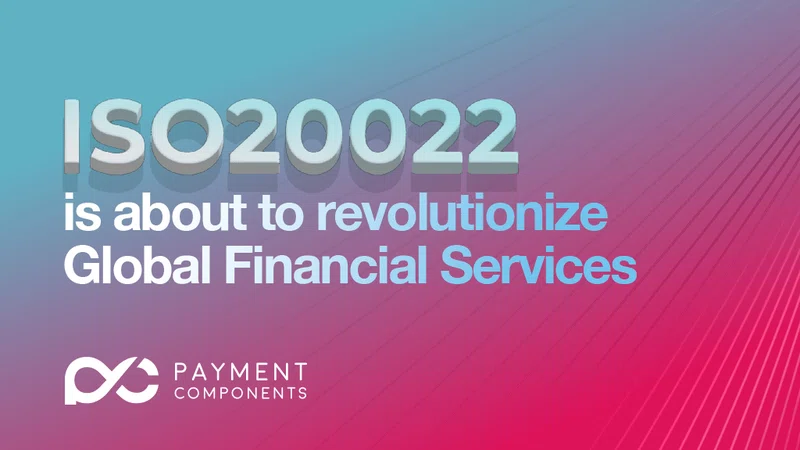Biometric technology is the future! It's time to forget about credit cards and pay with your face. It sounds cool, but it's also kind of creepy. Here's my personal overview of the advantages and disadvantages of this system.
Biometric technology is an emerging area with a lot of discoveries made every year. If we look at the trends, we’ll see that the global industry is shifting towards biometrics. They further develop the existing contactless NFC payment technology represented by such services as Apple Pay, Google Pay, and Samsung Pay. Biometric payment offers an even more convenient alternative.
China has pioneered the integration of a face recognition payment system. Since 2020, the new payment technology has been introduced at multiple subway stations. The technology was first launched in Shenzhen and is currently used throughout China. More than 50 subway stations offer their users the option of biometric payment. I believe this project has a great potential for processing the payment data of a huge number of people.
Japan is not lagging behind. One example is the BioPay e-payment platform launched by the developer Glory. The new technology allows facial recognition even when wearing masks, and is already being tested in 10 stores in Niigata. Currently, the technology is still being studied in terms of security and speed of use. The Japanese always apply a cautious approach to innovation, so the long tests are no surprise. If the announcement is to be believed, the developers will be ready to introduce BioPay to a wide audience by 2024.
New payment providers are rapidly coming into our life. Although most projects are still at the pilot phase, they are already changing the paradigm of existing systems.
Users will soon be able to forget about tethering to the physical cards and NFC system. I think we can expect the integration of biometric technology around the world in the next 5-7 years. It will be a real technological breakthrough that will make life easier for millions of users.
Security issue
Unfortunately, new technologies cannot guarantee absolute security. That is why I am sure that banks should be involved in the development of biometric payment systems. I hope the technology will be introduced around the world using the advanced security systems to avoid repetition of unpleasant experiences with NFC payments. I think everyone remembers the cases when fraudsters stole money by pressing the terminal against the bag with the physical card. 3 to 5 centimeters were enough to make a remote payment.
However, I am sure that the level of risk associated with biometrics is not higher than with NFC. Moreover, the new system is more accurate. To make a payment, the user has to look at their smartphone camera. This prevents third parties from using the virtual card.
In my opinion, the main problem is not security, but the speed of information processing. Let's say, how fast can the system handle the flow of people at the subway turnstiles? I think these indicators are the main criteria to be considered for the implementation of the technology.
The FinTech industry will benefit from biometric technology
So far, only infrastructure projects such as large transportation companies can afford the face recognition payment system. Besides, the technology remains relevant for the subway, train and airplane control. As soon as the process is fully introduced into the infrastructure, I am sure that neobanks will quickly join the project and make this innovation completely customary and ordinary for their users.
Before long, we will realize how deeply biometric technology penetrates our lives. If the industry reaches its peak in 7 years, I am sure that neobanks will start implementing it literally within the next 3 years. The biometric payment service will probably be introduced at various conferences in 2023. I look forward to that.











